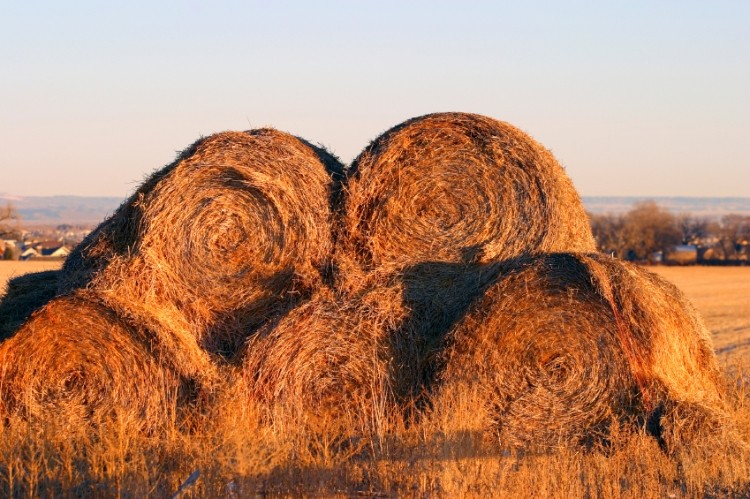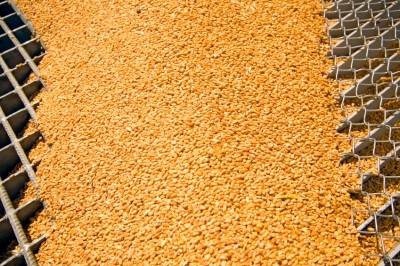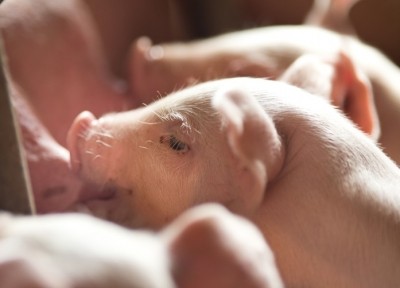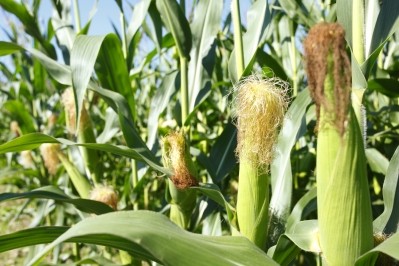US farmers cautioned on use of damaged forage, quality testing urged

Rain during hay cutting in some US states meant that it was hard for some farmers to store dry, high quality hay crops this year, said Travis Meteer, extension educator on commercial agriculture with the University of Illinois Extension.
The reoccurring theme is ‘it was so hard to put up hay in a good way – most of it did get rained on and it’s gotten to the point where we’ve gotten it into the barn and how do we handle it?’” he added.
Poor quality hay or moldy hay can cause some production issues with body quality in cattle, or trigger an immune system response, he said. And, some molds can cause problems for cattle pregnancy or conception, added Meteer.
“Every year, on a national basis, there are some issue with forages and the weather because the weather is so unpredictable,” said Krishona Martinson, associate professor and equine extension specialist with the University of Minnesota Extension. “In a really wet year, and certain parts of the country have been really wet, some of things that we see are reduced quality because the grain has gotten mature, because farmers are waiting for a couple of dry days, and hay that has been rained on.”
However, she said, rain doesn’t always mean the hay will see a great deal of damage. Short rainfalls, even if they bring a large amount of water, soon after the hay is cut are better for hay quality than long rainfalls when hay is almost dry, she said.
What is usually lacking in rain-damaged hay are some of the water-soluble minerals and the non-structural carbohydrates, she said.
Additionally, she said, rained-on hay does not always mold. Mold develops on hay that has too great a water content when it is baled, regardless of whether it has seen rain damage or not.
This year producers should also watch for ergot in forage, said Meteer. It is harder to test for, but can be seen in hay. It produces black or brown residue that looks like mouse dropping, and if those signs are present, it would be better not use the hay.
“Earlier this year, during June and July, conditions were right for ergot to flourish, so it was present when folks were making hay, so there is the risk,” he said.
Analysis
There are two primary ways to easily analyze hay or forage for quality concerns, said Meteer. The first is to physically examine the hay to check for mold, a musty or moldy smell and the inclusion of weeds that are tough or have spines.
“Through that analysis you can determine if the animal wants to eat it or not,” he said. “One of the biggest challenges with poor quality forage is intake.”
The second way to evaluate hay or forage quality is to have it tested, added Martinson. With hay that has been rained on, or that might be poorer in quality it becomes more important to have it tested.
“That’s the only way to confirm what you have or don’t have,” she said. “Once you know what your hay has, there are many options for supplements.”
The amounts of crude protein and energy from the forage are important numbers to watch.
Supplementation
If hay is of a poor quality then cattle tend to eat less of it, he said, and supplements are one way to boost the nutritional value.
“Farmers are pretty inventive people, and to try to get cows to eat poorer quality forage, I’ve seen a farmer dump molasses on hay to encourage [cows], or wet distillers grains, or brewers grains and mixing those with the hay to increase the intake,” he said.
Others may process the forage to reduce the particle size, he added.
Another treatment option is to mix lower quality forage with better hay, he said.
“If there are bad bales you may choose not to feed that hay, you may choose to include a small amount of the hay if you’re processing it,” he said. “Or set it out and allow the cows to lay on it for bedding and allow them a different source of feed along with it – so they’re not force fed the hay.”
The overall message is that there are other options available and using damaged forage isn’t worth hurting the animal’s health, he said.
Some animals are less sensitive to the negative effects of low-quality hay, said Martinson. Animals that are under pressure to produce – like lactating cattle or growing animals – may have a more negative reaction.
“Understanding the quality of hay can help farmers save cost on supplements, ensure that a cow’s nutrient requirements are met, and can help avoid under-supplementing or over-supplementing that may cause poor BCS [body condition score] and subsequent reproduction,” said Meteer.







